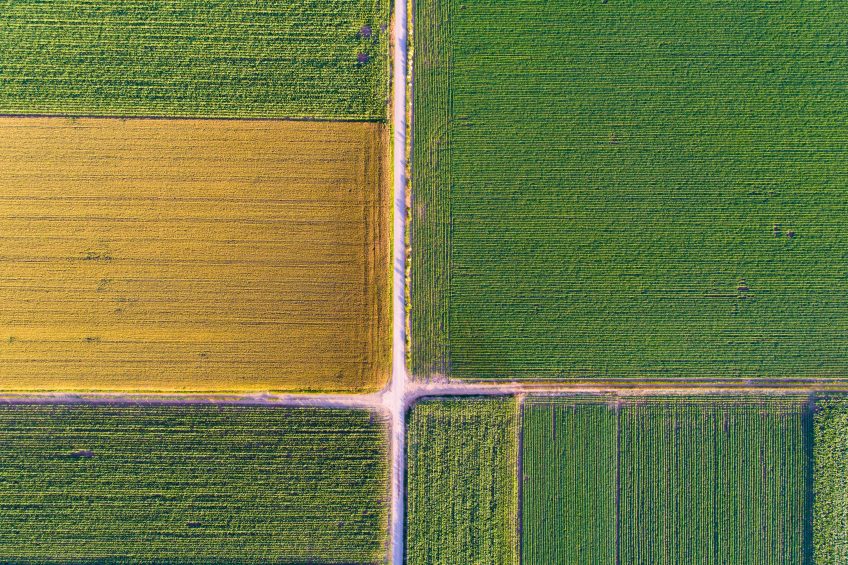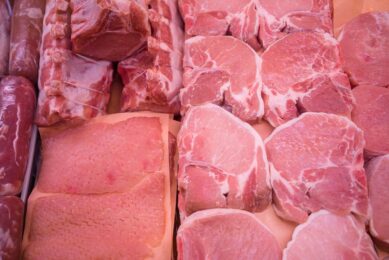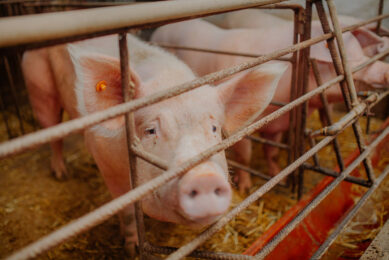Global agriculture at a critical crossroads

Food and agriculture stand today at a crossroads, with an increasing population putting pressure on limited resources. With a number of initiatives, the United Nations is striving to promote sustainable agriculture and show the impact this can have on tackling the world’s greatest challenges.
Looking back, major improvements in agricultural productivity have been recorded over recent decades to satisfy the food demand of a growing global population. But progress has often come with social and environmental costs, including water scarcity, soil degradation, ecosystem stress, biodiversity loss, decreasing fish stocks and forest cover, and high levels of greenhouse gas emissions. The productive potential of the natural resources base has been damaged in many places around the globe, compromising the future fertility of the planet. Today, 815 million people are hungry, and every third person is malnourished, reflecting a food system out of balance. Distress migration is at levels unprecedented for more than 70 years as the social cohesion and cultural traditions of rural populations are threatened by a combination of limited access to land and resources and a rising numbers of crises, conflicts and disasters, many as a consequence of climate change.
Looking ahead, the path to inclusive prosperity is clearly marked by the ‘2030 Agenda for sustainable development’, a set of goals implemented by the Food and Agriculture Organisation (FAO) of the United Nations in 2016. Overcoming the complex challenges that the world faces requires transformative action, embracing the principles of sustainability and tackling the root causes of poverty and hunger to leave no one behind. As the prime connection between people and the planet, food and agriculture can help achieve a number of these sustainable development goals (SDGs). By nurturing the land and adopting sustainable agriculture, present and future generations will be able to feed a growing population.
Agriculture, covering crops, livestock, aquaculture, fisheries and forests, is the world’s biggest employer and the largest economic sector in many countries, whilst providing the main source of food and income for the extreme poor. The FAO believes that sustainable food and agriculture have the great potential to revitalise the rural landscape, deliver inclusive growth to countries and drive positive change right across the 2030 Agenda.
A global vision
The FAO’s vision is a world where food is nutritious and accessible for everyone, in which natural resources are managed in a way that maintains ecosystem functions to support current and future human needs. In this vision, farmers actively participate in, and benefit from, economic development, have decent employment conditions and work in a fair price environment. Women, men and communities live in food security, and have control over their livelihoods and equitable access to resources which they use in an efficient way.
Informing FAO’s work to promote sustainability in production systems, this common vision has been translated into an approach that can support and accelerate the transition to more sustainable food and agriculture systems. The approach is based on 5 principles that balance the social, economic and environmental dimensions of sustainability, and provides a basis for developing adapted policies, strategies, regulations and incentives. The 5 key principles are:
- Increase productivity, employment and value addition in food systems
- Protect and enhance natural resources
- Improve livelihoods and foster inclusive economic growth
- Enhance the resilience of people, communities and ecosystems
- Adapt governance to new challenges.
Feeding the 10 billion people projected to live on planet earth in 2050 must aim to go beyond producing more with less to balancing the focus on quality and diversity, linking productivity to sustainability and addressing the needs of people. A fundamental premise for delivering sustainable food and agriculture is the creation of an enabling policy environment and the need for sectoral ministries to change the way they work and coordinate policies across government. The transition to more sustainable agriculture and food systems also requires actions that build political alliances and coalitions with those beyond food and agriculture.

Addressing climate change
To help policy makers, the FAO has recently released a set of 20 inter-connected actions to speed up implementation of the sustainable development agenda. Many of the approaches presented in the FAO guide cut across sectors and depend on government collaboration and stakeholder dialogue. Included among the 20 actions highlighted is the need to address and adapt to climate change. It is thought that by 2050, crop yields could fall between 10 and 25% due to climate change. It is increasingly clear that the goals of achieving food security and sustainable agriculture and addressing the challenges of climate change are intertwined and need to be addressed in a coordinated manner. The capacity of the agriculture sectors to respond to climate change has far-reaching impacts on the livelihoods of the majority of people in many developing countries and on national economies. At the same time, agriculture is also a significant source of greenhouse gas emissions. The targets of the Paris climate change agreement make it essential that agriculture and other land-use sectors be part of the climate solution.
The FAO also calls for the resilience of the ecosystem to be strengthened. Agriculture intensification is usually achieved through specialisation, involving large-scale production of single crops (monoculture) or intensive animal farming. However, there is a growing body of evidence showing that ecosystem services provided by monoculture are unable to compensate for the heavy costs of inputs and their pollution of the ecosystem. Intensification strains the system, particularly where the resource base is small, as is the case with smallholders. Conversely, the more elements that are integrated into a farming system, the more resilient it becomes and the more ecosystem services are provided. Integrated systems, which include mixed cropping, crop-livestock, agroforestry, tree-crop-livestock as well as aquaculture, have demonstrated their ability to cope with climatic variability to ensure food and livelihood security.
Effective multi-stakeholder partnership
Improvements in sector policies, governance and investments will be needed to ensure that the continuing demand for livestock products does not increase pressure on natural resources and contributes to socially desirable outcomes. To address these issues, the FAO started a process in 2010 of building a Global Agenda for Sustainable Livestock (GASL).
A partnership of livestock stakeholders committed to the sustainable development of the sector, it builds consensus on the path towards sustainability and catalyses coherent and collective practice change through dialogue, consultation and joint analysis. It is based on voluntary and informal stakeholder commitment to act towards improved sector performance by targeting natural resource protection, while including poverty reduction and public health protection related to the livestock sector. It gathers many research organisations bringing in new knowledge. GASL focuses on the improvement of resource-use efficiency in the global livestock sector to support livelihoods, long-term food security and economic growth while safeguarding other environmental and public health outcomes, factoring in regional differences, and linking to other related initiatives as appropriate. The initiative supports improved resource use in the sector resulting from changed practices by stakeholders; and adoption, by the public and private sector, of guidance and recommendations to make livestock food value chains more sustainable.
*This article is based on the report ‘Transforming food and agriculture to achieve the SDG’s’, published by the Food and Agriculture Organisation of the United Nations.
 Beheer
Beheer








 WP Admin
WP Admin  Bewerk bericht
Bewerk bericht